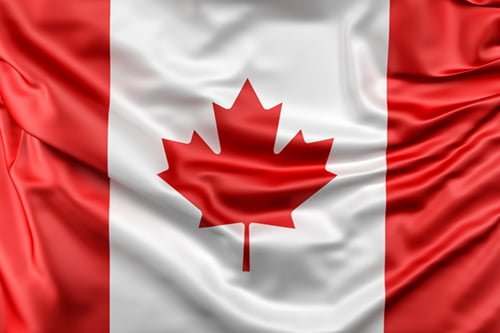In 2021, the Canadian Government will change the taxation policies of digital services provided in the country by foreign entities. According to the public representatives of the Government, the decision is aimed at improving the collection of the Goods and Services Tax and Harmonized Sales Tax (GST/HST). Simultaneously, the decision should help local companies get a fair advantage when competing with businesses originating outside the country. Similar measures have already been adopted in Québec, Saskatchewan, and British Columbia.
Why are these changes happening?
Currently, the Organisation for Economic Cooperation and Development (OECD) is coordinating a revision of the international tax system to better adjust to the ever-growing share of the digital economy. While the negotiations led by OECD are still taking place, Canada has already evaluated the potential revenue loss and is implementing measures to better account for the digital services imported to the country. It is estimated that by not taxing foreign entities that import digital services to the state, Canada experienced a $169 million loss in 2017 alone.
What will change?
From July 2021, companies supplying digital products or services established outside of Canada will have to register for the GST/HST and start reporting to the Canada Revenue Agency (CRA). This rule will apply to all non-resident digital service suppliers, including digital marketplaces, streaming services like Netflix, and accommodation sharing platforms such as Airbnb.
How to register?
Even though there are no official guidelines provided for foreign digital suppliers, current regulation will likely apply to the digital service providers as well.
In Canada, the registration threshold for sales taxes is CAD$30,000. Once a company’s turnover exceeds this amount, it needs to register at CRA and start reporting all taxable transactions completed in Canada.
Both the registration to receive a tax-payer number and submitting sales reports can be proceeded online, using the CRA platform.
What are the GST/HST rates?
Accounting for sales in Canada is a more complicated process than in Europe or some other countries. It is because the cumulative sales tax rate in Canada consists of GST, HST, PST/RST (provincial sales tax) and QAT (in Québec only). The GST rate in Canada is 5%, while other rates vary based on the location of the buyer. The correct rate, therefore, is applied by determining the province where the customer is located.
GST/HST invoices
Just like other countries where sales tax applies, GST/HST registered businesses need to provide detailed invoices to their Canadian customers. Correct invoices allow both the buyers and the sellers submit the tax return and claim the input tax credits.
In Canada, sellers should make sure that their invoices include:
- Business details (trading name; business identification number)
- Invoice details (date of invoice)
- Transaction information (total amount payable; a short description of goods/services sold)
- GST/HST details (total amount of GST/HST charged, GST/HST rate applied)
- In the case of B2B transactions, buyers trading name should also be included.


